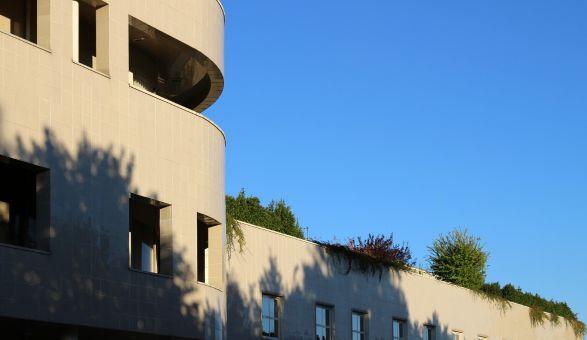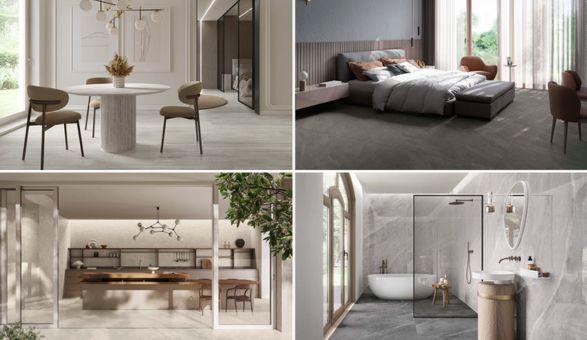Percorsi in ceramica 41
On the eve of the new decade, the event curated by Alfonso Femia took on the task to encourage the world of architecture to choose the right tools to design in the age of the climate crisis. What we want to do is explain the innovative quality of a cultural project that has dealt with a controversial problem that must be dealt with urgently. For a long time now, Casalgrande Padana has been making ceramic tiles using natural materials and a “closed-circuit” production process, which allows for minimal environmental impact (both in terms of manufacture and lifespan of the products). That’s why it was only natural for the company to join the “Tempodacqua” project to take a step forward in understanding architecture in the age of the climate crisis. In this issue we have chosen to relive the event as if it were an animated book: the emotional memory of the fit-out of the Arsenali Repubblicani, the crowded inauguration, the thought-provoking sessions, and the involvement of students. The next few pages will be about the stars of international architecture, the experience of “water countries”, the thoughts of intellectuals, and the new role played by architecture.
On the eve of the new decade, the event curated by Alfonso Femia took on the task to encourage the world of architecture to choose the right tools to design in the age of the climate crisis. What we want to do is explain the innovative quality of a cultural project that has dealt with a controversial problem that must be dealt with urgently. For a long time now, Casalgrande Padana has been making ceramic tiles using natural materials and a “closed-circuit” production process, which allows for minimal environmental impact (both in terms of manufacture and lifespan of the products). That’s why it was only natural for the company to join the “Tempodacqua” project to take a step forward in understanding architecture in the age of the climate crisis. In this issue we have chosen to relive the event as if it were an animated book: the emotional memory of the fit-out of the Arsenali Repubblicani, the crowded inauguration, the thought-provoking sessions, and the involvement of students. The next few pages will be about the stars of international architecture, the experience of “water countries”, the thoughts of intellectuals, and the new role played by architecture.






